Table of Contents
1.Understanding Stress
- Definition & Function
- Types of Stress
2.Why Mastering Stress Management Skills Is Essential
3.Core Techniques for Stress Management
- Mindfulness & Meditation
- Progressive Muscle Relaxation (PMR)
- Breathwork & Deep Breathing
- Guided Imagery & Visualization
- Physical Activity & Movement
- Cognitive Restructuring
- Time‑Management & Boundary Setting
- Nutrition & Lifestyle Adjustments
- Social Connection & Support
- Creative & Expressive Therapies
4. Sample Daily Stress Management Routine (Table)
5.How to Combine Techniques into a Sustainable Wellness Practice
6. Monitoring Progress & Staying Motivated
7. Case Study: Applying Techniques in Daily Life
8. Conclusion
9. FAQs

1. Introduction
In today’s fast-paced world, stress is nearly unavoidable. Whether triggered by work pressure, personal responsibilities, or life transitions, unmanaged stress can affect mental, emotional, and physical wellbeing. But it doesn’t have to. With effective stress management skills, individuals can transform stress from a debilitating force into a manageable challenge—and even a catalyst for growth. This blog dives deeply into evidence-based techniques, lifestyle habits, and practical routines to help your audience build inner calm, sharpen focus, and sustain wellness.
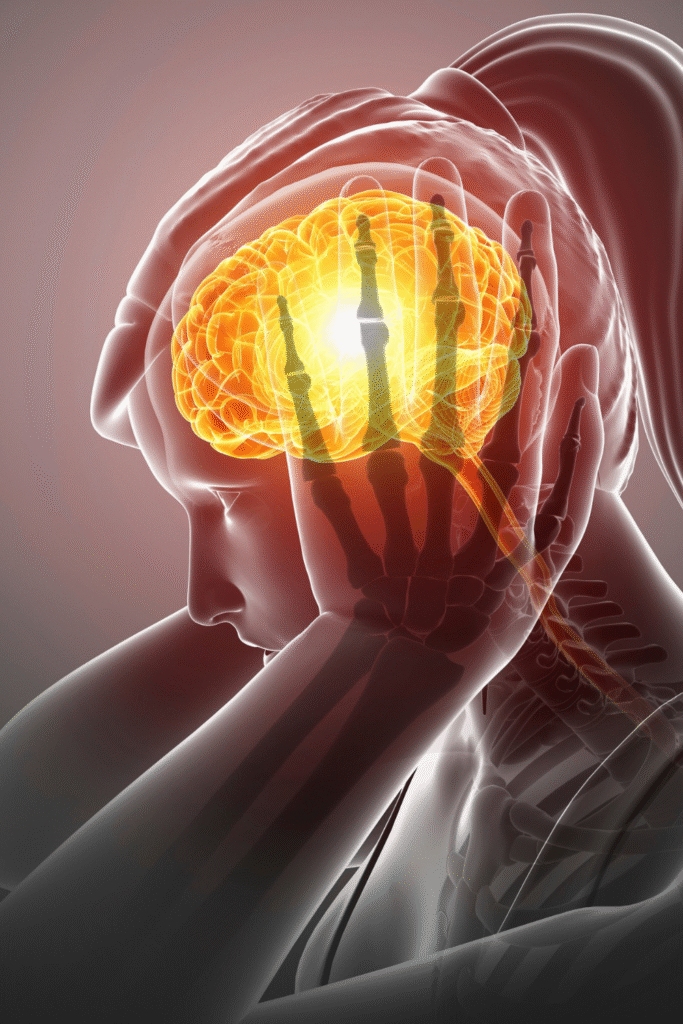
2. Understanding Stress
Definition & Function
Stress is the body’s natural response to demands or perceived threats—mental, emotional, or physical. At its root, it’s an adaptive mechanism: the “fight-or-flight” response mobilizes energy, heightens awareness, and enables quick reaction. In moderate doses, stress can boost performance. However, when stress becomes chronic, it disrupts sleep, mood, immune function, digestion, and overall wellbeing.
Types of Stress
- Acute Stress: Short-lived and often tied to specific events—like tight deadlines or public speaking.
- Episodic Acute Stress: Recurring acute stressors; individuals often feel consistently rushed or anxious.
- Chronic Stress: Prolonged exposure to stressors such as caregiving, unstable finances, or long-term illness can lead to health issues like hypertension and depression
3. Why Mastering Stress Management Skills Is Essential
Effective stress management skills support emotional equilibrium, mental clarity, and physical health. Studies show unmanaged chronic stress increases risks of heart disease, anxiety, weakened immunity, disrupted sleep, and burnout. On the flip side, structured practices like mindfulness and relaxation boost mood, concentration, resilience, and longevity.
4. Core Techniques for Stress Management
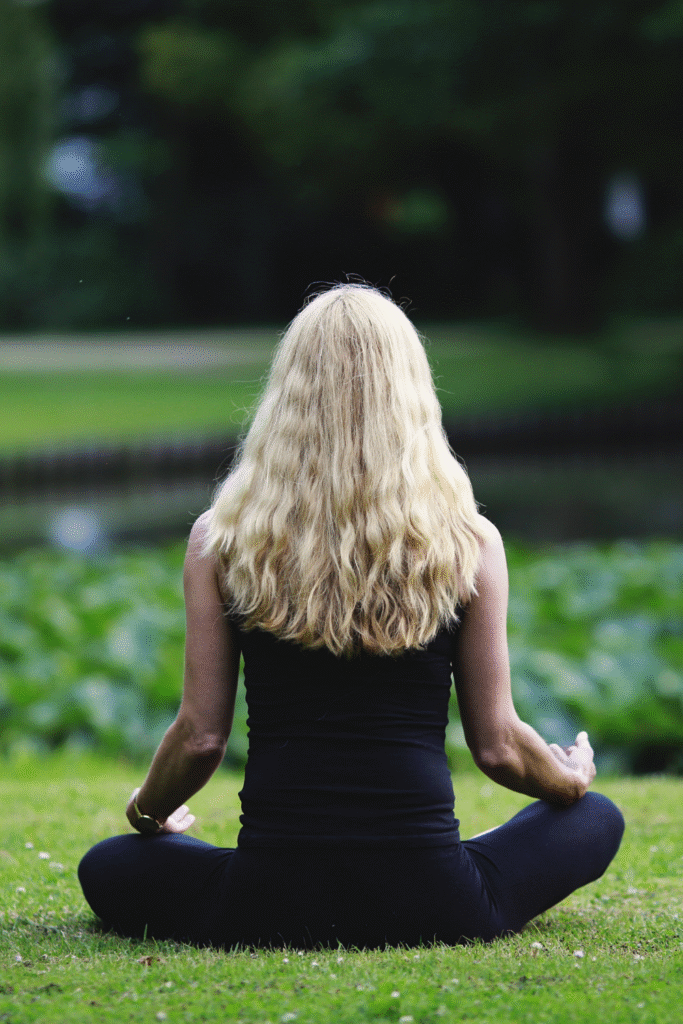
Mindfulness & Meditation
What it is: Cultivating present-moment, non-judgmental awareness through sitting meditation, body scans, or mindful movement.
Benefits: Reduces rumination, increases attentional control, lowers anxiety, and improves sleep quality via Mindfulness-Based Stress Reduction (MBSR)—a structured 8-week program blending meditation, body awareness, and yoga.
How to practice: Begin with 5‑10 minutes daily. Focus on breath, body sensations or mental patterns. If mind wanders, gently bring attention back without judgment.
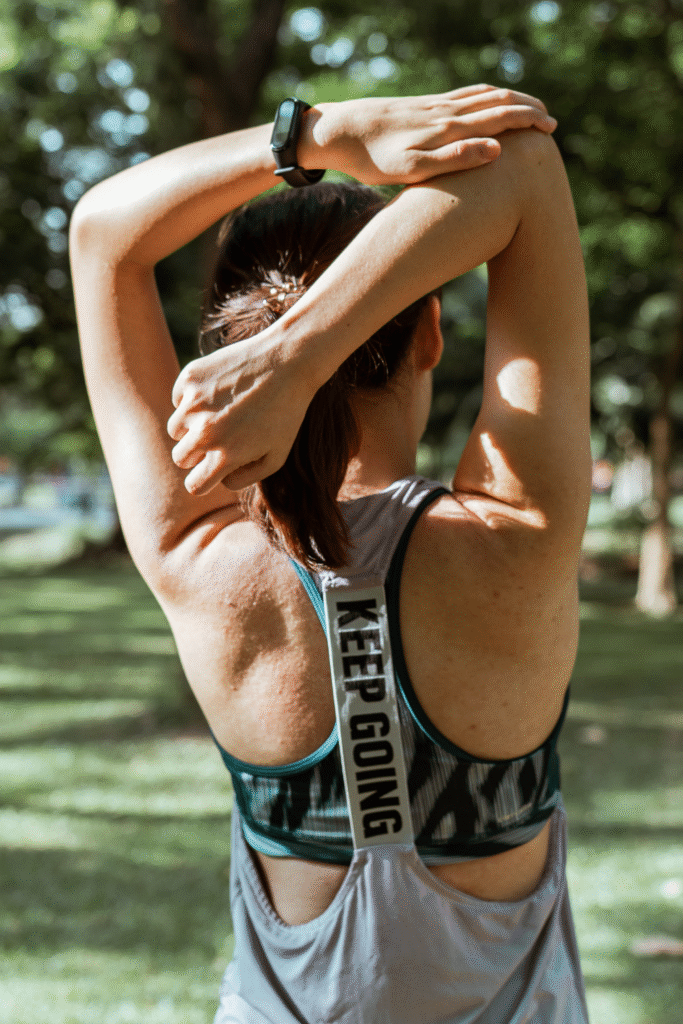
Progressive Muscle Relaxation (PMR)
What it is: Developed in the 1920s by Edmund Jacobson; involves systematically tensing then releasing muscle groups to elicit deep physical relaxation.
Evidence: A meta-analysis of 46 studies with over 3,400 adults demonstrated significant reductions in stress, anxiety, and depression.
Combined methods showed enhanced benefits. Research within medical rehabilitation programs also found PMR improves sleep quality, vitality, and emotional regulation.
How to practice: Lie or sit comfortably. Tense each muscle group for 5‑10 seconds—feet, legs, abdomen, chest, arms, shoulders, face—then relax for 20 seconds. Move progressively from toes up to head.
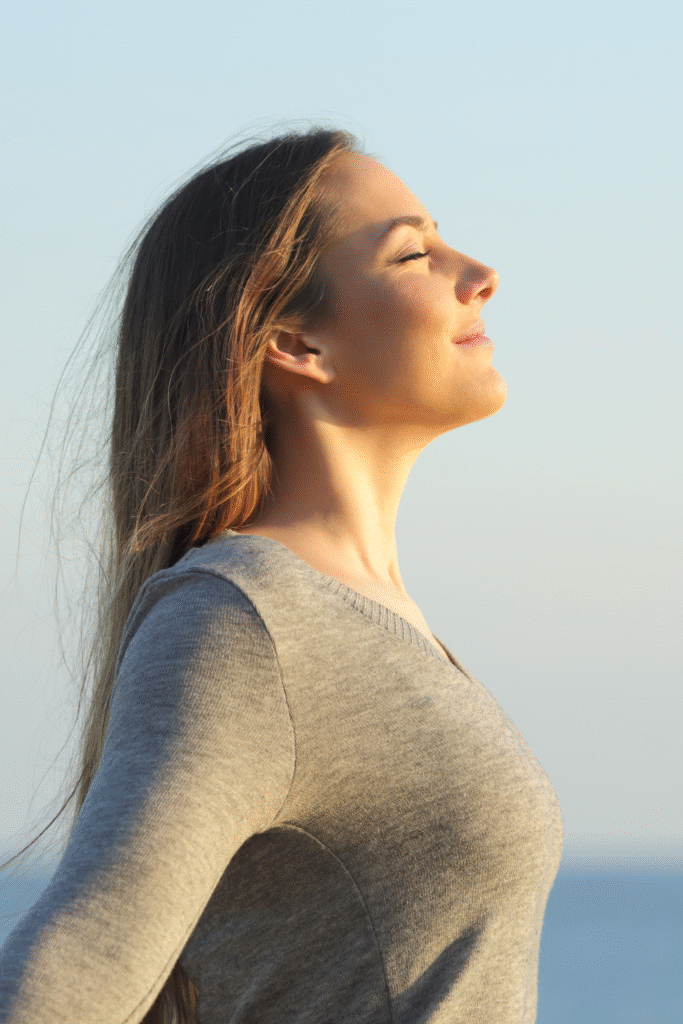
Breathwork & Deep Breathing
What it is: Techniques like diaphragmatic breathing, box breathing (inhale-hold-exhale-hold), and 4‑4‑4 breathing slow the nervous system and reduce cortisol.
Benefits: Immediate reduction in heart rate and physical tension; helps anchor the mind, improves focus and calm.
How to practice: Sit quietly; inhale through nose for 4 counts, hold 4, exhale 4, hold 4. Repeat for several cycles.

Guided Imagery & Visualization
What it is: Mentally immersing in calming sensory-rich environments (beach, forest, peaceful room) to elicit relaxation.
Benefits: Strong redirective function, peaceful emotional shift, instant mental reset. Effective in combination with PMR for enhanced benefit.

Physical Activity & Movement
What it is: Exercise of any form—walking, yoga, swimming, dancing. Even short activity counts.
Benefits: Releases endorphins, reduces cortisol, improves sleep, boosts cognitive function and self-esteem. A 10‑minute walk can deliver similar psychological benefits as longer workouts.
How to make it work: Choose activities you enjoy, schedule them regularly, mix movement breaks into your day.
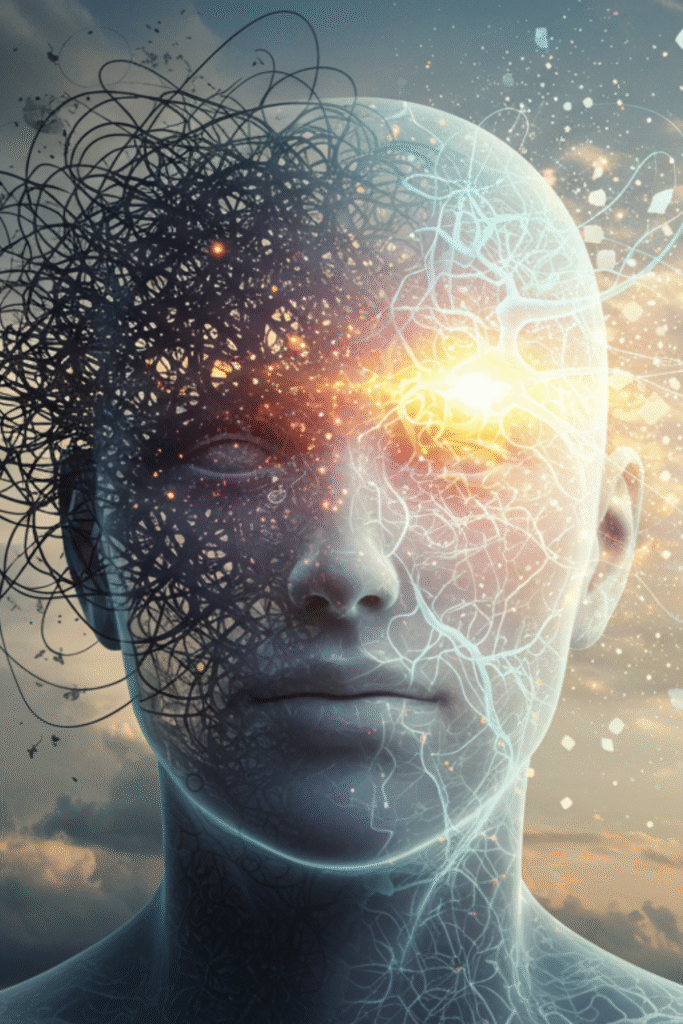
Cognitive Restructuring
What it is: Identifying negative “automatic thoughts,” labeling cognitive distortions (e.g. catastrophizing, overgeneralization), and reframing them through rational rebuttal—core to CBT and Rational Emotive Behavior Therapy.
Benefits: Empowers individuals to resist self-criticism, reduce anxiety, improve decision-making, and maintain clarity under pressure.
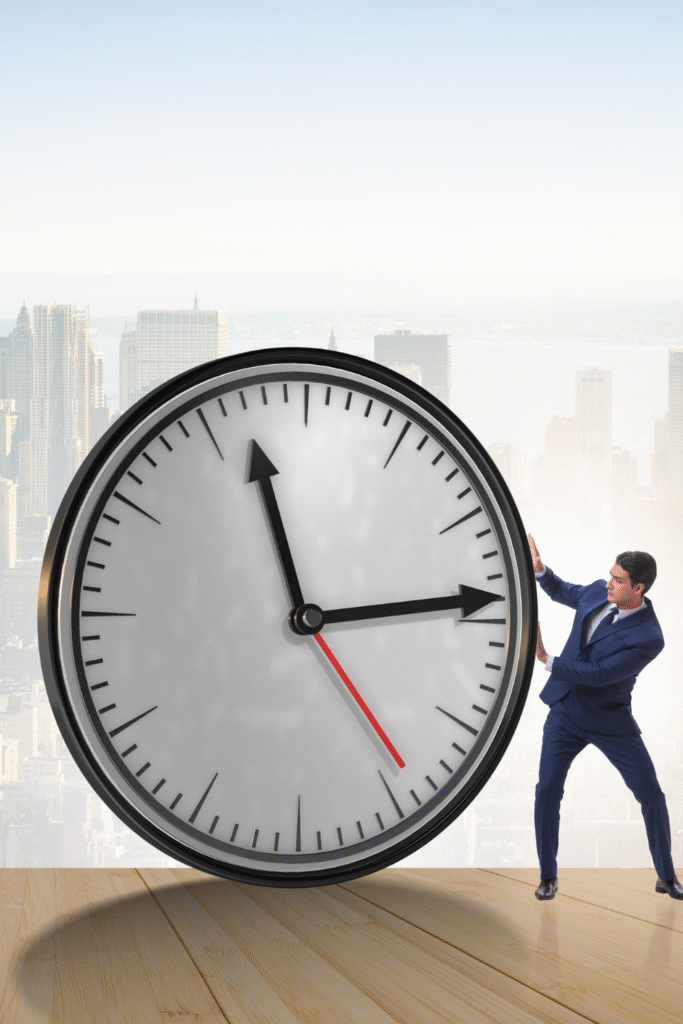
Time‑Management & Boundary Setting
What it is: Prioritizing tasks, setting clear daily intentions, saying “no,” limiting overcommitment.
Benefits: Builds structure, prevents overwhelm, helps preserve energy and focus.
How to practice: Use to-do lists, time-blocking, and assertive refusal techniques to maintain balance.

Nutrition & Lifestyle Adjustments
What it is: Eating balanced meals with magnesium and B‑vitamin-rich foods, reducing sugar and caffeine, staying hydrated, and honoring sleep cycles.
Benefits: Supports biochemical balance, mood regulation, energy stability.
Social Connection & Support
What it is: Spending quality time with supportive friends or groups; sharing emotions and experiences.
Benefits: Emotional buffering, encouragement, and practical advice. It fosters belonging and perspective.
Creative & Expressive Therapies
What it is: Activities such as journaling, art, music therapy, aromatherapy, or nature immersion.
Benefits: Allows emotional release, creativity, reduces dwell time, recharges mentally and emotionally.
5. Sample Daily Stress Management Routine
| Time of Day | Technique | Action | Duration | Expected Benefit |
|---|---|---|---|---|
| Morning | Breathwork + Gratitude Journal | 4‑4‑4 breathing then jot down 3 gratitudes | 10–15 min | Calm start, positive mindset |
| Mid-morning | Mindfulness Pause | Mindful stretch or walk, focus on senses | 5–10 min | Break mental tension, boost clarity |
| Midday | Movement Break | Quick walk, gentle yoga, or dance | 10 min | Physical reset, refresh energy levels |
| Afternoon | Cognitive Reframing + Guided Imagery | Identify negative thought, reframe & visualize calm scene | 5 min | Mental clarity, emotional regulation |
| Early Evening | PMR Session | Progressive muscle relaxation | 15–20 min | Physical tension release, calm nerves |
| Evening | Social/Creative Wind-down | Read, journal, connect, or listen to soothing music | 20–30 min | Emotional release and reset |
| Night | Light Meditation or Visualization | Focus on breath or safe imagery as you prepare for sleep | 10 min | Better sleep, quieter mind |
This flexible plan can be tailored to each reader’s schedule, preference, and stress triggers.
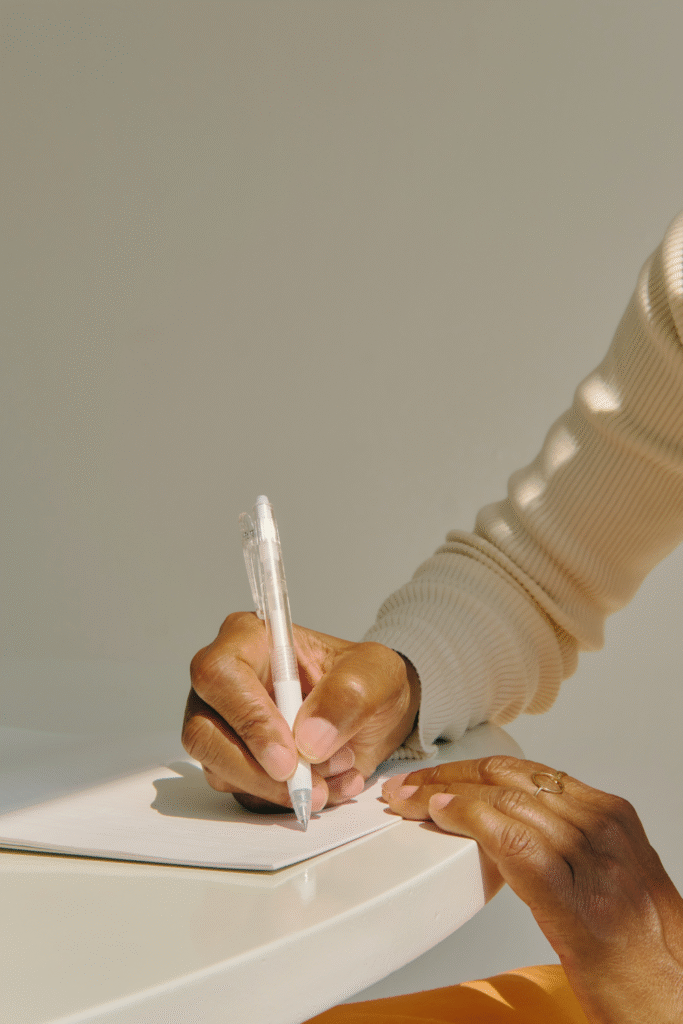
6. How to Combine Techniques into a Sustainable Wellness Practice
- Start small: choose one or two bite-sized practices (e.g. morning breathing, evening PMR) and build consistency before expanding.
- Anchor routines: tie new habits to existing ones (e.g. after brushing teeth, practice 4‑4‑4 breathing).
- Use trackers: keep a stress journal noting triggers, strategies used, effectiveness, mood, sleep, and energy.
- Schedule periodic self-check-ins (weekly or bi-weekly): evaluate improved resilience, energy levels, mindset, and resistance to triggers.
- Include accountability: join wellness groups, buddy up, or follow guided programs like MBSR or short courses online.
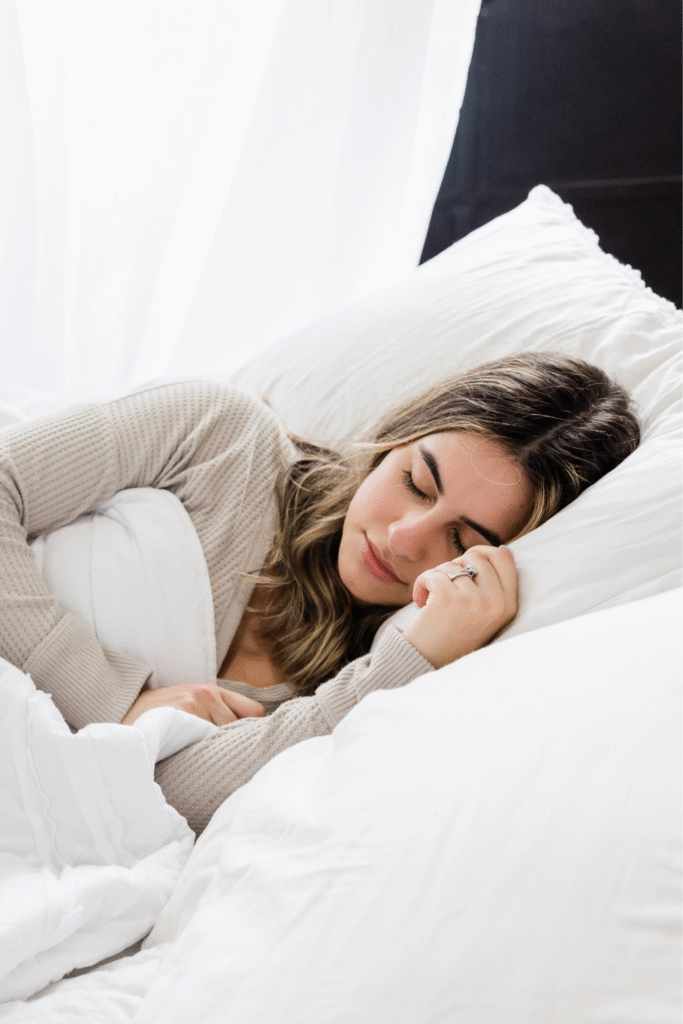
7. Monitoring Progress & Staying Motivated
- Use simple metrics: sleep quality, mood rating, energy level, focus.
- Maintain a stress journal to log daily emotions, what strategies helped, and reflections.
- Celebrate small milestones: e.g. fewer panic episodes, better sleep, more clarity.
- Recognize plateaus and tweaks: when a technique loses impact, rotate or enhance it (e.g., from breathwork to guided imagery or swap yoga style).
- Consider professional support if stress persists—therapists can help refine cognitive restructuring or integrate deeper techniques
8. Case Study: Applying Techniques in Daily Life
Meet Sara, a working parent dealing with job stress, school activities, and household tasks. Her stress symptoms included disrupted sleep, irritability, and fatigue.
- She began simple: morning breathwork, and journaling three gratitudes.
- Midday, she scheduled a 10‑minute walk alone for a reset.
- In the evening, she practiced PMR before bed, improving sleep within a week.
- When negative thoughts (“I’ll never finish tasks”) occurred, she applied cognitive restructuring: identifying distortions, reframing them (“I’m doing my best, one step at a time”), and shifting focus to actions instead of anxieties.
- Over four weeks, her energy rebounded, sleep stabilized, and irritability dropped. She now maintains these practices and adds weekly nature walks, gratitude check-ins with friends, and occasional guided imagery sessions using audio.
9. Conclusion
Stress management isn’t a quick fix—it’s a life skill built through repetition, reflection, and integration. When combined thoughtfully, techniques such as mindfulness, breathwork, PMR, visualization, movement, restructuring thoughts, social support, creative expression, and healthy boundaries support a profound shift in resilience, emotional balance, and overall well-being. Over time, readers cultivate inner calm, sharpen focus, and transform stress from a threat into a tool for growth and vitality.
10. Frequently Asked Questions (FAQs)
- What is the best technique for beginners?
Start with deep breathing (even 2–5 minutes) or short mindfulness practice. These are accessible, require no tools, and can be done anywhere to build calm awareness. - How soon will I see benefits?
Some people notice immediate relief (e.g., after breathing or PMR). Lasting change generally emerges after 3–4 weeks of consistent daily practice. - Can stress management techniques replace therapy or medication?
No. These skills support wellbeing but do not replace treatment for clinical mental health conditions. Professional help is essential if symptoms are disabling. - Is it okay to skip sessions occasionally?
Yes—consistency matters more than perfection. Acknowledge gaps without guilt, and gently resume. - Which technique is best for anxiety vs physical tension vs insomnia?
For anxiety: cognitive restructuring plus mindfulness. For physical tension: PMR and breathwork. For insomnia: evening PMR and guided imagery. - Can children or teens use these skills?
Yes—with age-appropriate variations. Breathwork, shorter mindfulness, journaling, or creative expression work well across ages. - How can I integrate these in a busy schedule?
Use micro-practices: breathe while waiting in line, stretch during breaks, journal 2 minutes before bed, or visualize during commutes (if safe). - Are some techniques contraindicated?
Rarely, but if you have hypermobility or a connective tissue disorder, certain tension-release methods like PMR may feel uncomfortable—choose alternatives like gentle movement, Tai Chi, or guided breathwork. - Should I follow a structured program like MBSR?
If you seek guided, systematic learning, MBSR or similar programs offer comprehensive training across mindfulness, yoga, and self-awareness over 8 weeks. - How do stress management skills relate to overall wellness?
They’re a core pillar—complementing sleep hygiene, balanced nutrition, physical activity, social connection, and emotional health. When integrated, they build lifelong resilience and wellness.
